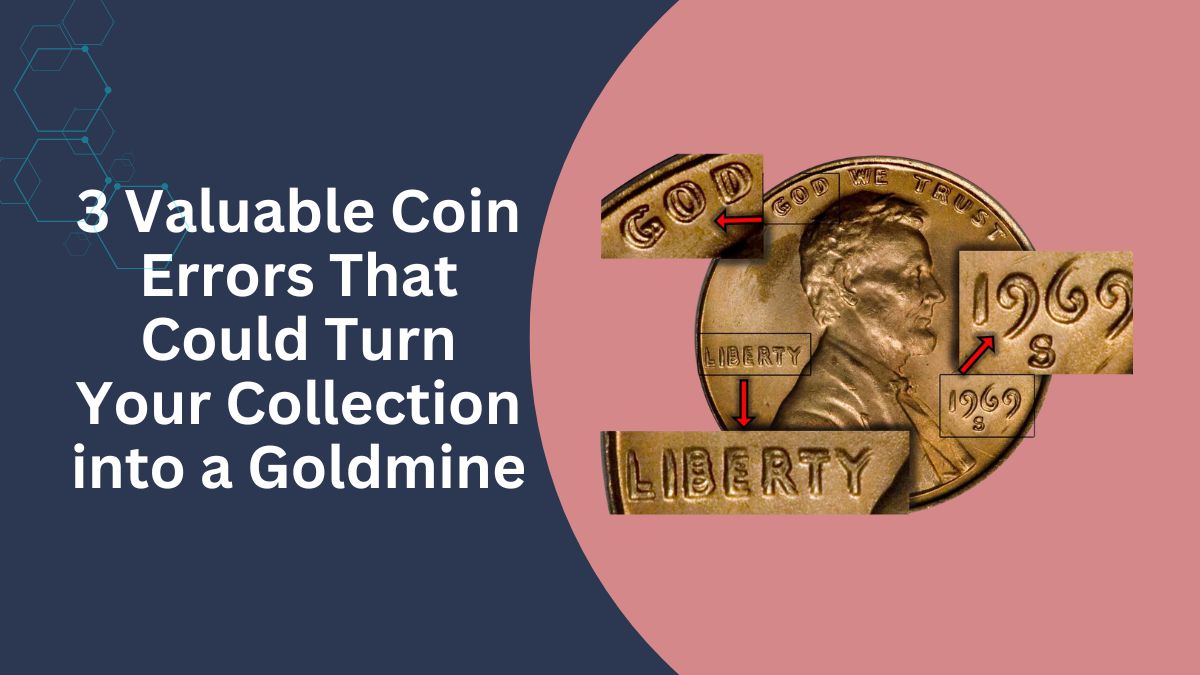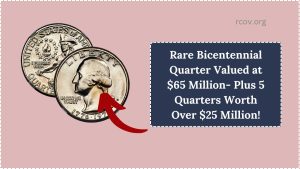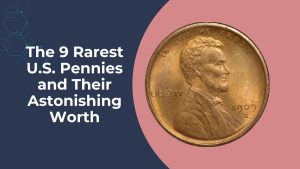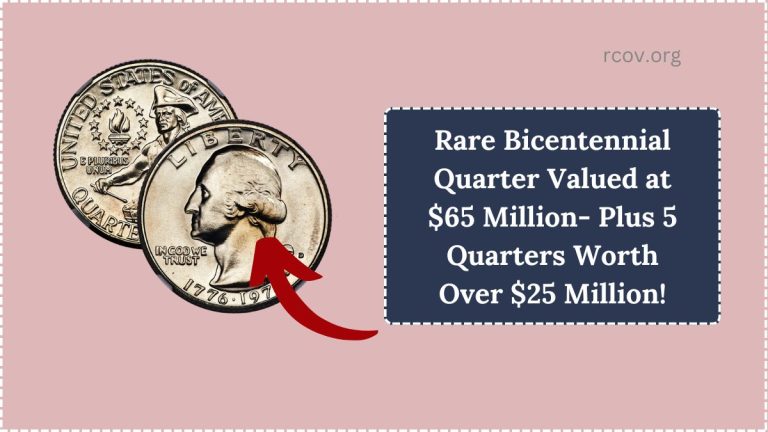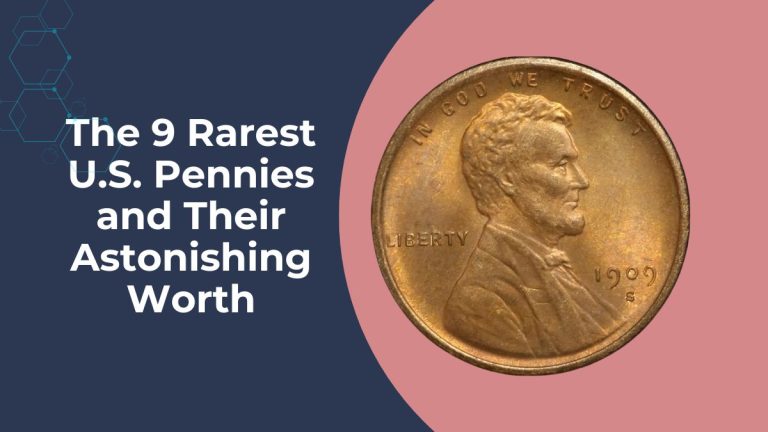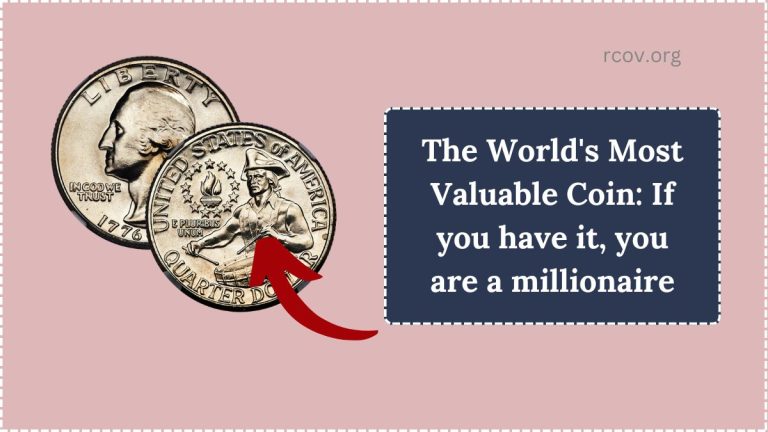Coin collecting, or numismatics, is a pursuit that combines history, art, and the thrill of discovery. Among the most coveted pieces are error coins—those rare anomalies produced during the minting process.
These errors can transform ordinary coins into valuable treasures, sometimes worth thousands or even millions of dollars. This article delves into three remarkable coin errors that could significantly enhance the value of your collection.
1. The 2008 Undated 20p Mule Coin
In 2008, the Royal Mint introduced a new design for the 20p coin, featuring the Royal Shield of Arms. During this transition, a minting error led to the release of approximately 250,000 coins without a date—a phenomenon not seen in British coinage for over 300 years. These “mule” coins, combining mismatched obverse and reverse dies, have become highly sought after by collectors.
Key Details:
| Feature | Description |
|---|---|
| Error Type | Missing date due to mismatched dies |
| Estimated Mintage | Approximately 250,000 coins |
| Current Value | Up to £72 or more, depending on condition |
| Notable Sales | Recent eBay auctions have seen these coins sell for significant amounts |
Collectors are advised to examine their 20p coins for the absence of a date, as possessing one of these rare pieces can substantially increase a collection’s value.
2. The 1969-S Doubled Die Lincoln Cent
The 1969-S Lincoln cent is renowned for a significant die error known as “doubled die,” where the coin’s design elements appear duplicated. This error occurred during the hubbing process, resulting in clear doubling on the obverse inscriptions and date. Initially mistaken for counterfeits by the U.S. Secret Service, these coins were later authenticated and are now among the most prized error coins.
Key Details:
| Feature | Description |
|---|---|
| Error Type | Doubled die on obverse |
| Estimated Mintage | Approximately 30 known specimens |
| Current Value | Up to $37,200 or more, depending on condition |
| Notable Characteristics | Clear doubling on date and inscriptions; satiny chestnut-brown surface |
With only about 30 known examples, the 1969-S doubled die cent is a rare find that can command high prices at auction.
3. The 2000 Sacagawea Dollar/Washington Quarter Mule
One of the most intriguing mint errors is the 2000 “mule” coin featuring the obverse of a Washington quarter and the reverse of a Sacagawea dollar. This error resulted from the accidental pairing of dies intended for two different denominations, creating a unique and highly valuable coin.
Key Details:
| Feature | Description |
|---|---|
| Error Type | Mule (mismatched obverse and reverse) |
| Estimated Mintage | Approximately 18 known specimens |
| Current Value | Up to $155,250 or more, depending on condition |
| Notable Sales | A specimen sold for $155,250 in August 2012 |
The rarity and uniqueness of this mule error make it a centerpiece in any numismatic collection.
Error coins offer a fascinating glimpse into the complexities of coin production and present lucrative opportunities for collectors. The 2008 undated 20p mule, the 1969-S doubled die Lincoln cent, and the 2000 Sacagawea dollar/Washington quarter mule are prime examples of how minting mistakes can lead to highly valuable collectibles. By staying informed and vigilant, collectors can uncover these hidden treasures, transforming ordinary collections into valuable investments.
FAQs
What is a mule coin?
A mule coin is produced when mismatched dies—typically from different coin designs or denominations—are mistakenly paired during the minting process, resulting in a coin with an obverse and reverse that are not intended to be together.
How can I identify a doubled die coin?
Doubled die coins exhibit noticeable doubling in design elements, such as letters and numbers. This doubling is a result of errors during the die creation process and is distinct from machine doubling, which often appears as flat, shelf-like doubling.
Are error coins legal to own?
Yes, error coins are legal to own. They are genuine coins produced by official mints, and their errors occurred during the manufacturing process.

